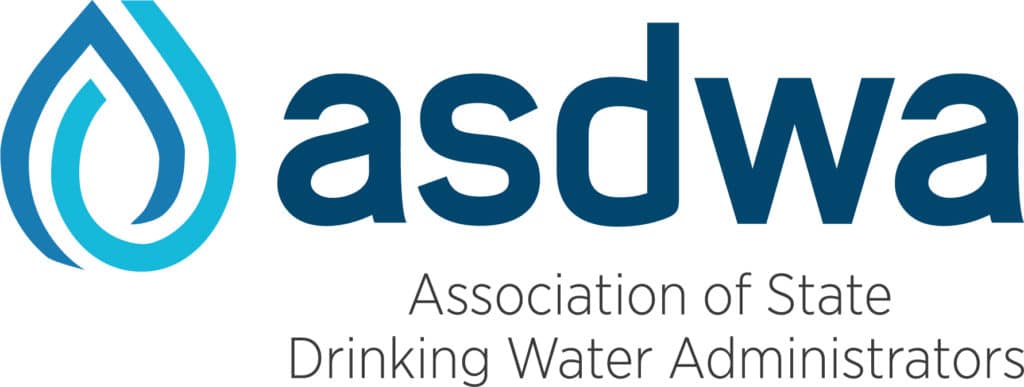ASDWA Releases White Paper on Water Distribution System Issues
Today, the Association of State Drinking Water Administrators (ASDWA) released a white paper summarizing key findings from a survey of its members on distribution system issues. In May 2020, the ASDWA Regulatory Committee conducted a robust survey on distribution systems with ASDWA members to determine what distribution system issues are most commonly faced by state water programs, gather management practices and policies to share amongst the states, and collect additional information that could be used to inform future regulations. The survey was completed by drinking water program representatives from 41 states and territories.
The survey found that over half of the  respondents believe there are gaps in the current regulations for distribution systems, with consecutive water systems and private water systems cited as the most common challenge. States listed the coordination of responsibility for delivered water quality between wholesale and purchased water systems, the lack of consecutive system regulations for monitoring and maintenance, and the need for clarity or expansion in the definition of a PWS to include large distribution systems that are not currently regulated as top issues under this category. Disinfectant residual issues (lack of numerical residual, lack of required disinfection, lack of authority in some states to require voluntary chlorination to maintain a disinfection residual, and no definition of intermittent disinfection) and storage tank issues (the lack of authority to require storage tank maintenance, including interior cleaning, flushing and monitoring) were also identified as top challenges. Additional research and guidance are needed, as well as increased sharing of best practices to overcome these challenges. Several states mentioned that there needs to be increased sharing of state successes through webinars and conferences. The survey also identified areas where additional communications support and/or materials are needed, including communications from utilities to homeowners and risk communication for emerging contaminants.
respondents believe there are gaps in the current regulations for distribution systems, with consecutive water systems and private water systems cited as the most common challenge. States listed the coordination of responsibility for delivered water quality between wholesale and purchased water systems, the lack of consecutive system regulations for monitoring and maintenance, and the need for clarity or expansion in the definition of a PWS to include large distribution systems that are not currently regulated as top issues under this category. Disinfectant residual issues (lack of numerical residual, lack of required disinfection, lack of authority in some states to require voluntary chlorination to maintain a disinfection residual, and no definition of intermittent disinfection) and storage tank issues (the lack of authority to require storage tank maintenance, including interior cleaning, flushing and monitoring) were also identified as top challenges. Additional research and guidance are needed, as well as increased sharing of best practices to overcome these challenges. Several states mentioned that there needs to be increased sharing of state successes through webinars and conferences. The survey also identified areas where additional communications support and/or materials are needed, including communications from utilities to homeowners and risk communication for emerging contaminants.

